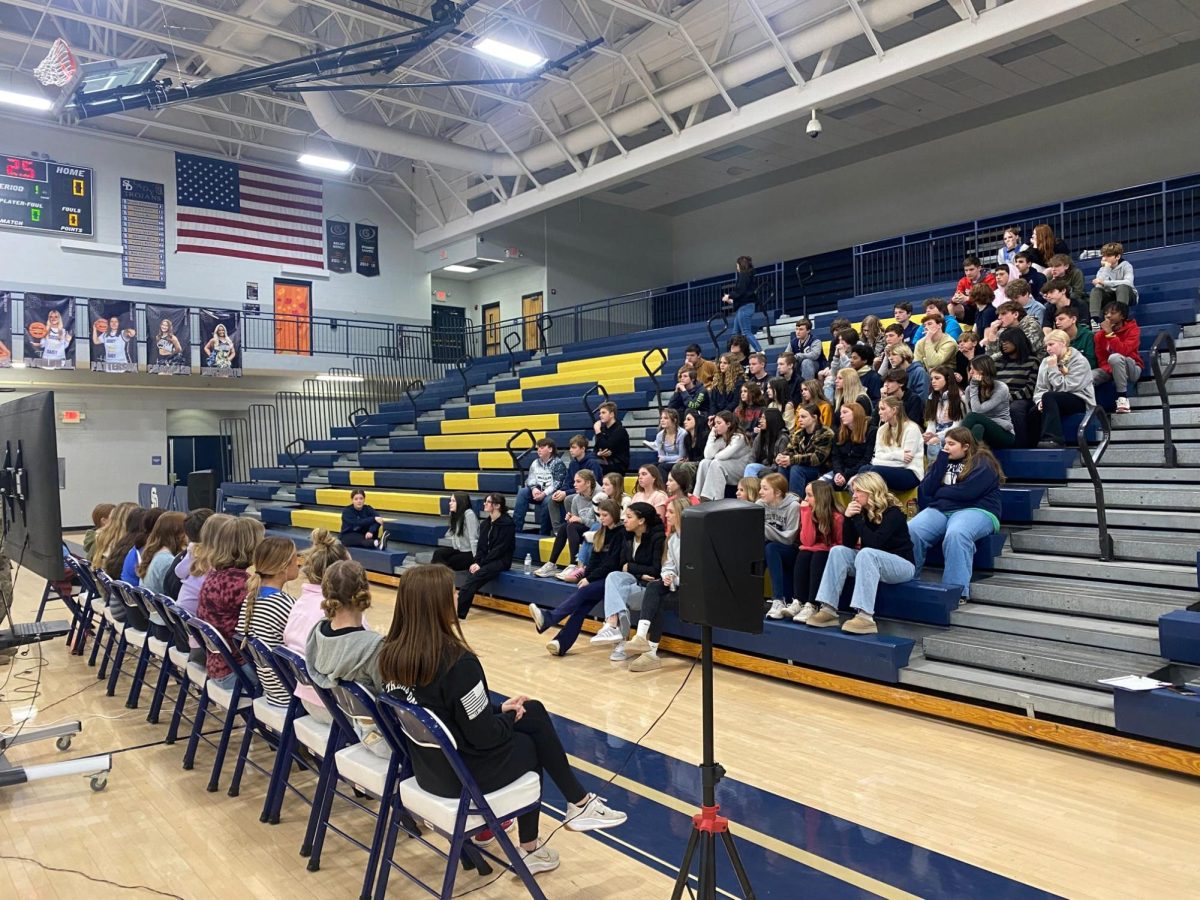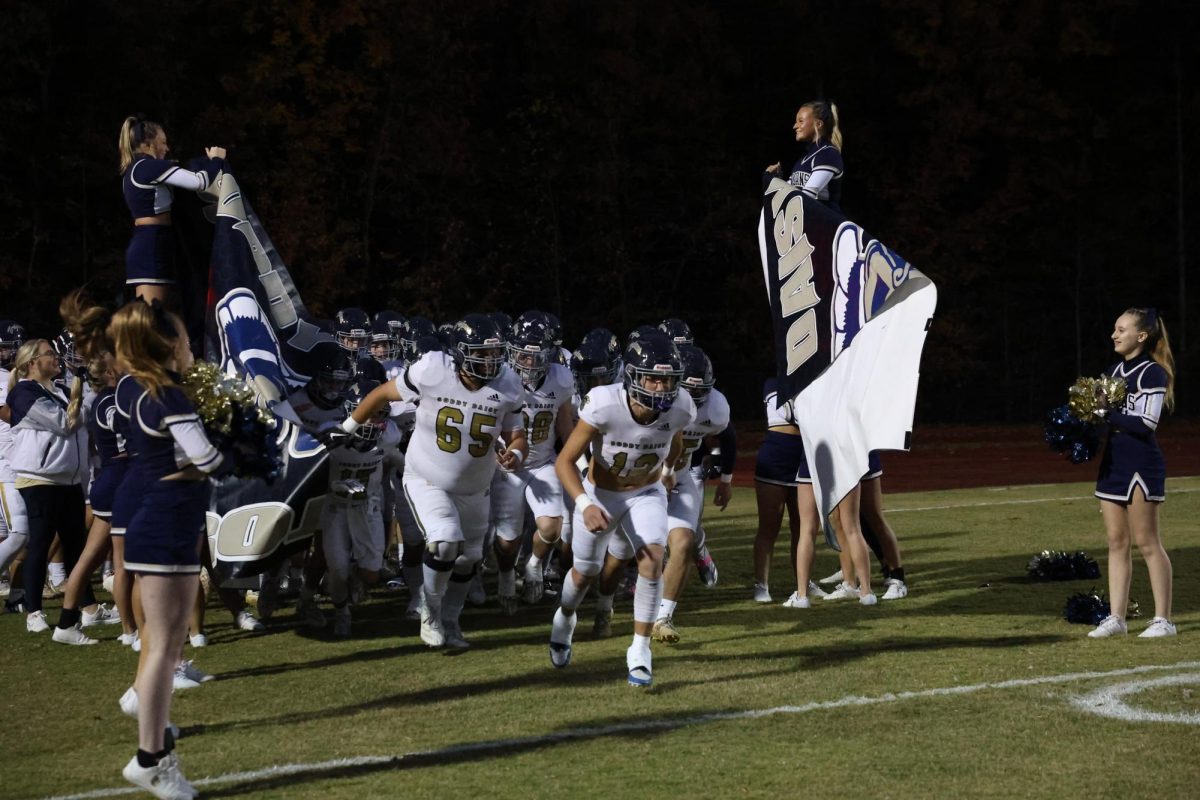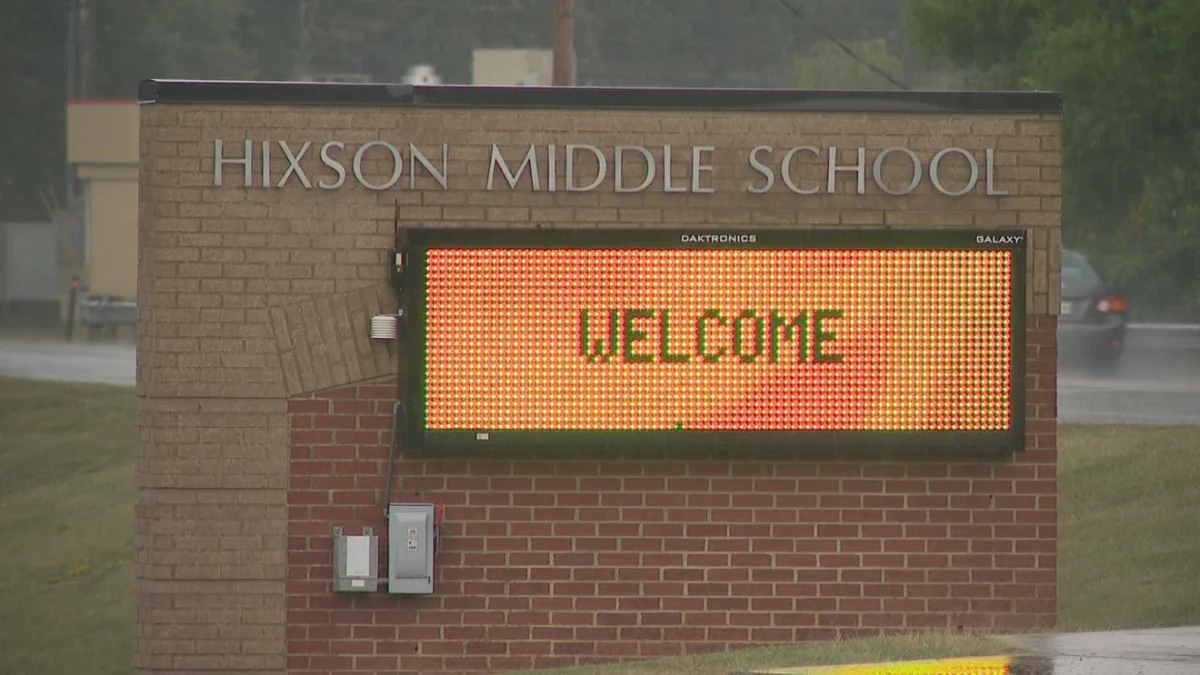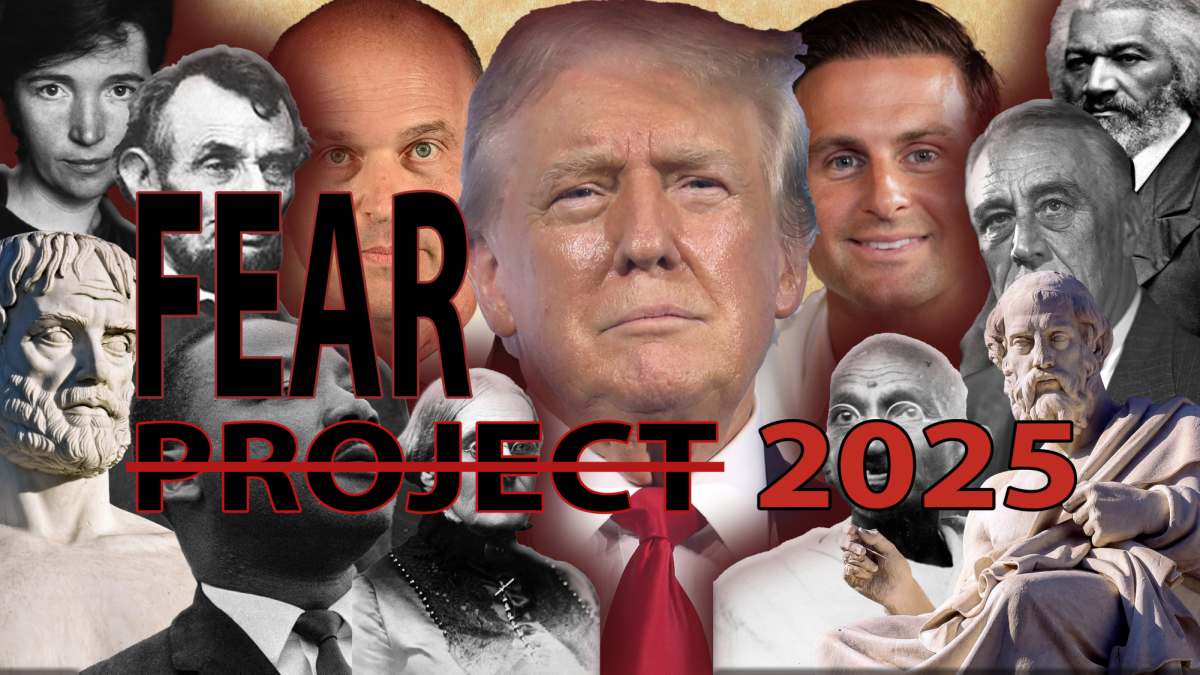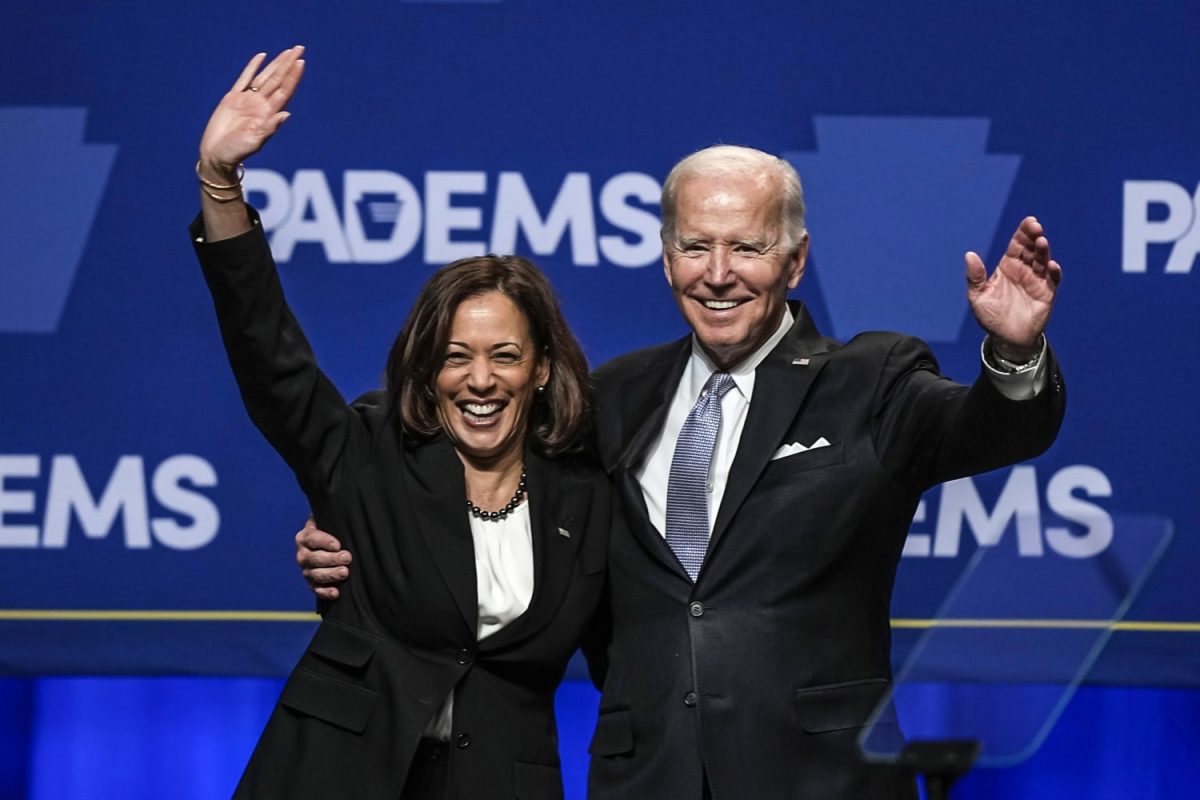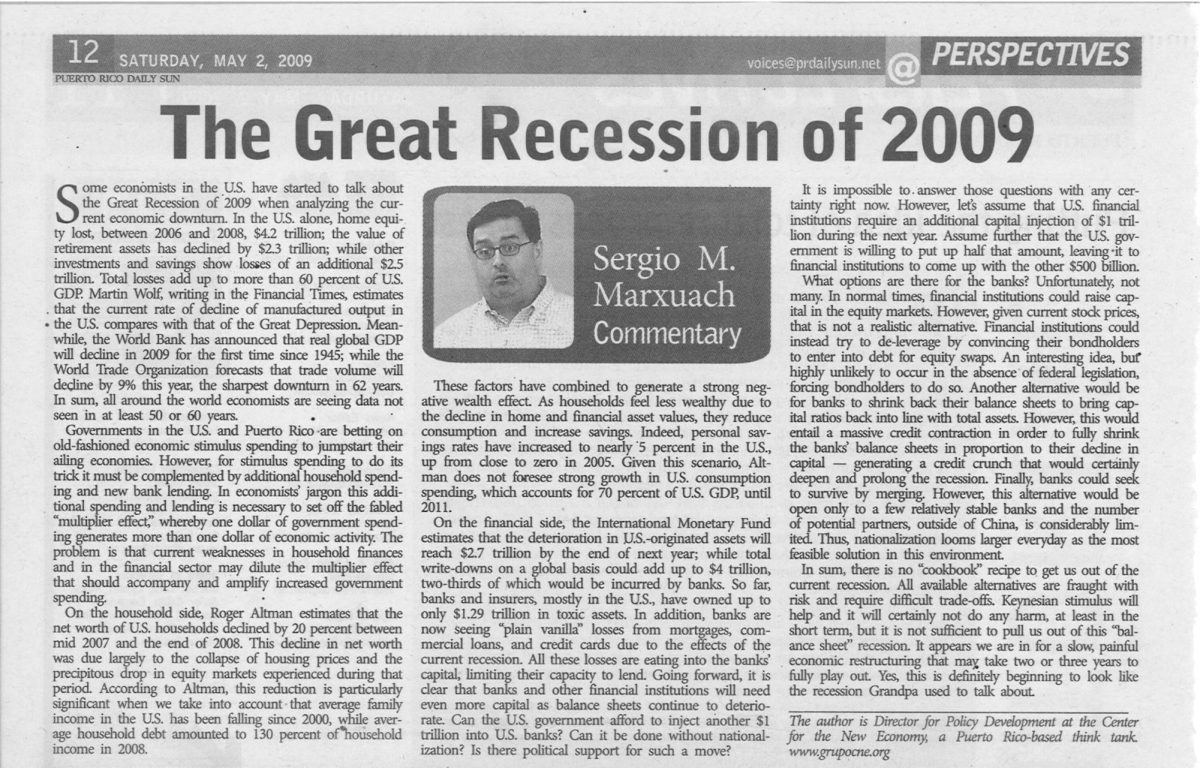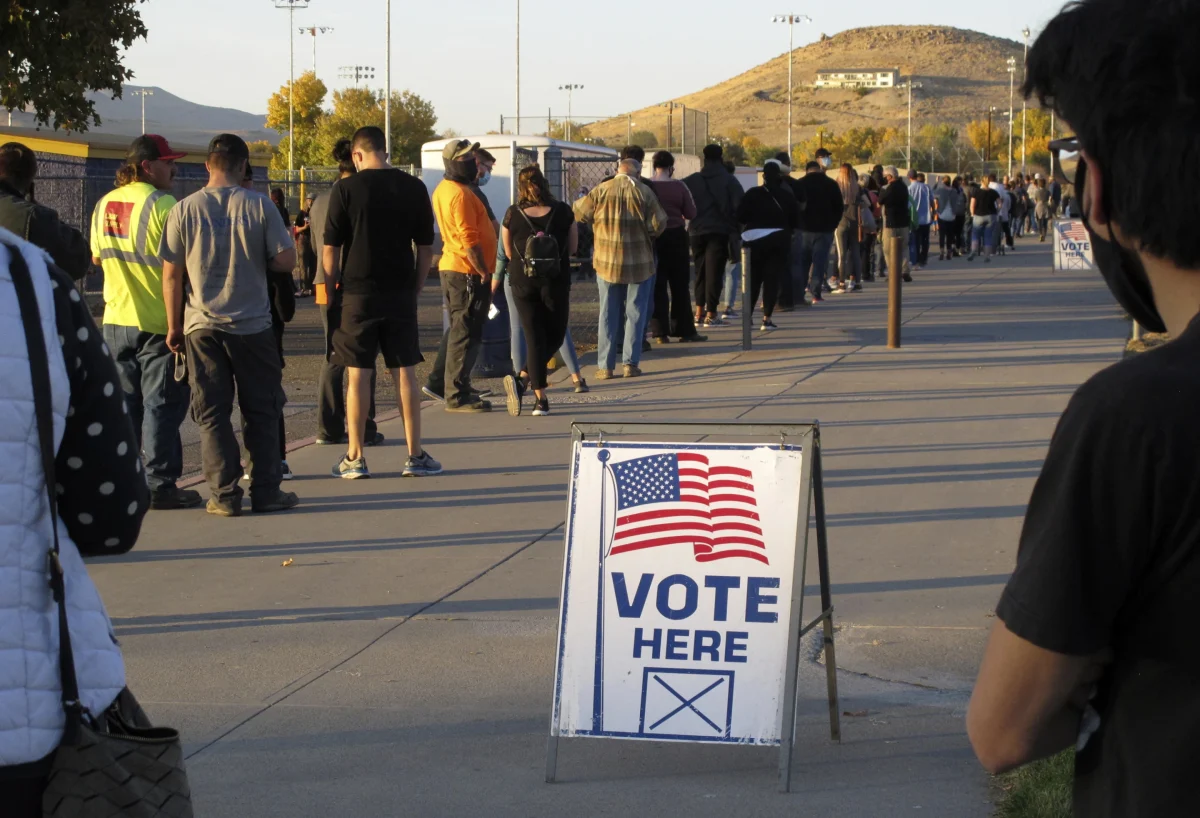Election Day is a significant event across the United States, a day when “we the people” get the chance to vote and shape the direction of our nation. As millions of voters head to the polls to choose the next President, many wonder how their votes actually count toward their candidate of choice. What exactly is the popular vote? Why do we use the Electoral College for presidential elections but the popular vote for everything else? As you sit down to watch the results roll in tonight, keep these key points in mind.
First, the Electoral College isn’t a physical place or a training ground for future presidents. It’s not some musty old building in Washington, D.C., where ballots are tallied. Instead, the Electoral College is a system outlined in the U.S. Constitution. Each state has a designated group of electors who cast votes for president based on the state’s population and the outcome of that state’s popular vote. Here’s how it works: If the Republican candidate wins the popular vote in Tennessee, then Tennessee’s 11 electoral votes go to the Republican candidate. The Founding Fathers designed this system to ensure that smaller states had an equal voice alongside larger states in deciding who becomes president.
There are 538 total electoral votes up for grabs, and a candidate needs at least 270 of them to win the presidency. This brings up the concept of battleground or swing states. You can use the interactive map at 270towin.com to see all the paths a candidate can take to the 270 number.
Not all states have the same number of electoral votes. For example, Tennessee has 11, while neighboring Georgia has 16. States like Pennsylvania hold 19 electoral votes, and New York has 28. Presidential candidates aim to win the states with the most electoral votes. Some states are almost guaranteed to vote a certain way, based on their history. California, for instance, has voted for the Democratic presidential candidate in every election for the past 30 years. These are considered “safe” states.
Swing states, however, are a different story. Places like Pennsylvania, Michigan, and Wisconsin are unpredictable and don’t have a consistent voting pattern. These states often decide the election, so candidates spend so much time campaigning there. Georgia, for example, used to be a reliable Republican state, but in recent elections, it’s become a “purple” state, with strong pockets of Democratic support.
Once they become the official party nominee, candidates focus on these swing states, trying to gain as much support as possible before Election Day. Modern polling plays a considerable role in this process, giving candidates insight into how well their message resonates and whether they have a real shot at winning a particular state.
Understanding the Electoral College is key to understanding how our presidential elections work. While the popular vote determines the outcome of most elections, the Electoral College was designed to balance power between states of varying sizes and populations. Though the system is complex, it remains a crucial part of how Americans choose their president. So, as the votes come in, remember the strategies, history, and importance of the system that has shaped presidential campaigns for centuries.








